[To Make Delicious Sashimi]
4 Essential Tips to Choose the Right Knife for Fishing
“I want to break down and fillet the fish I catch myself, but what kind of knife should I choose?”
“There are so many types of knives, I don't know which one is best for fishing.”
Do you have any of these concerns?
For anglers or someone who enjoys fishing on their day off, choosing the right knife is a crucial factor that can affect the taste of the fish. That’s why it’s so important to make sure the fish tastes great—after all, it’s usually you or your loved ones who will be eating it.
Using the appropriate knife can significantly enhance the joy of fishing by allowing you to enjoy the fish you caught at its best.
In this article, we will explain the types of knives suitable for fileting fish, how to choose the right one, and proper maintenance methods. We hope this guide will help you expand your fishing enjoyment.
Does the knife really affect the taste of the fish?
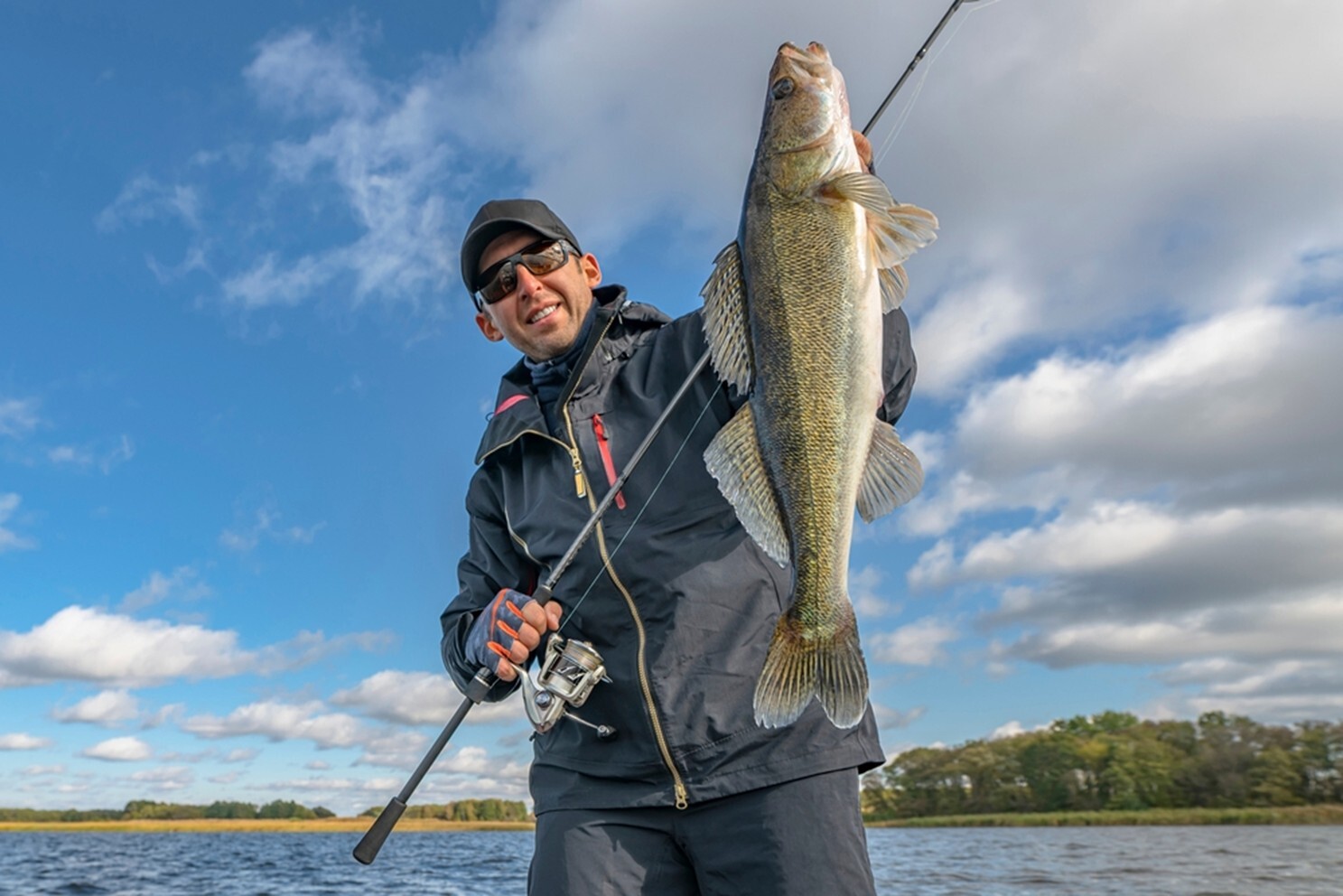
Among anglers, it is often said that the knife used affects the taste of the fish. This is not just a superstition; there is scientific evidence to support it.
If the knife is dull, the fish cells are crushed, causing moisture and flavor components to escape. On the other hand, using a sharp knife to cut quickly preserves the fish's cell structure and keeps it fresh.
When anglers are fileting freshly caught fish, choosing the right knife is especially important. Knives made from rust-resistant steel are ideal for anglers who frequently come into contact with seawater.
The table below summarizes the effects of knife condition on fish.
|
Knife condition |
Effect on fish |
Effect on taste |
|
Sharp |
Cell structure is preserved |
Freshness and flavor are maintained |
|
Dull |
Cells are crushed |
Moisture and flavor are lost |
|
Rust-resistant material |
Less likely to retain a metallic odor |
Maintains the natural flavor of the fish |
To enjoy the fish you catch at its best, it is important to choose the right knife and maintain it properly.
Knives for fileting fish
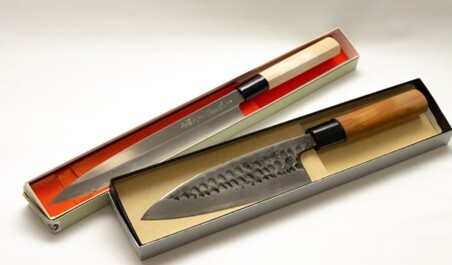
To enjoy the fish you catch at its best, it is important to use the right knife for the job.
Here are three types of knives that are particularly recommended for anglers.
- Deba Knife: Ideal for breaking down a fish
- Sashimi Knife: Long blade suitable for filleting fish into three pieces
- Funayuki Knife: Multi-purpose knife for breaking down & filleting fish into three pieces
We will explain each in detail.
Deba Knife (for breaking down a fish)
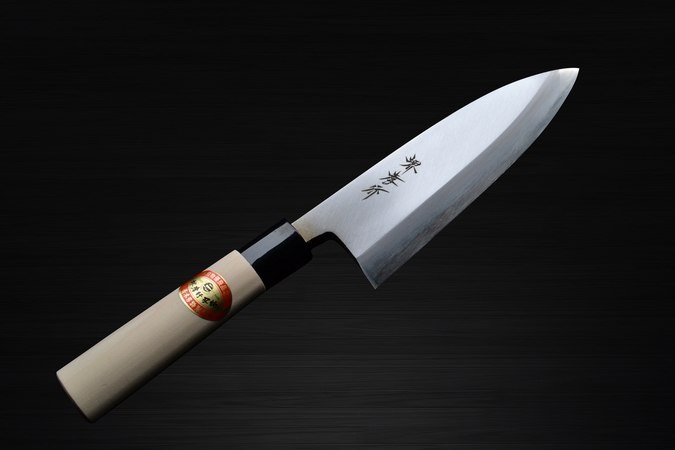
The Deba Knife is ideal for breaking down a fish, such as cutting off the head and removing the backbone. The thick blade easily cuts through hard bones.
For anglers, this knife is an indispensable tool for the initial processing of caught fish. The “Deba Knife” by Sakai Takayuki is highly durable and has received high praise from anglers.
Blades with a length of 150–180 mm are easy to handle and recommended for beginner anglers. In particular, the “Sakai Takayuki Kasumitogi (White steel) Deba Knife 180mm” has long-lasting sharpness and is suitable for use at fishing spots.
Sashimi Knife (for filleting fish)
A Sashimi Knife is a long, narrow knife used for filleting fish into three pieces. Also known as a Yanagiba Knife, it is characterized by its long blade that allows for a single cut.
For anglers who want to prepare fresh fish caught on the spot into sashimi, the “Masamoto KS Honkasumi Gyokuhaku-ko Yanagiba(Sashimi) 270mm KS0427” is an excellent choice for achieving beautiful cuts. Blades with lengths of 210–330mm are commonly available. For beginner anglers, the “Sakai Takayuki Molybdenum Stainless PH Yanagiba(Sashimi) 270mm” is recommended for its rust resistance and ease of use.
Using a Sashimi Knife allows you to cut along the fibers of the fish without crushing the flesh, maximizing texture and flavor. It is an essential tool for anglers who want to enjoy their catch as sashimi.
≫Product page here
Masamoto KS Honkasumi Gyokuhaku-ko Yanagiba(Sashimi) 270mm KS0427
Sakai Takayuki Molybdenum Stainless PH Yanagiba(Sashimi) 270mm
Funayuki Knife (for fileting and cutting fish)
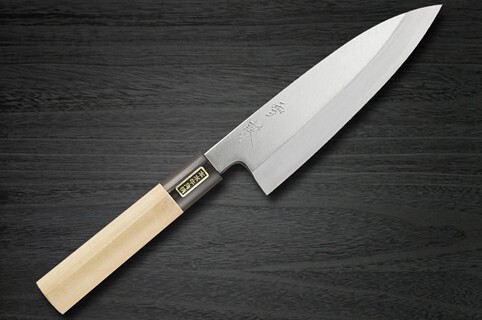
Funayuki Knives were often carried by fishermen on boats where they couldn't bring many cooking tools, and were used on the boat to cut fish.
The Funayuki Knife has a slightly thinner blade than a Deba Knife, making it versatile like a Santoku Knife or a Chef's Knife, suitable for cutting meat, fish, and vegetables.
It is particularly popular among Japanese anglers who want a single knife for multiple purposes. It is lighter than a Deba Knife, making it more popular among women who frequently prepare fish dishes.
(The blade thickness is thicker than a Sashimi Knife but thinner than a Deba Knife, allowing it to serve both roles, making it a highly versatile and valuable knife.)
Additionally, for tasks like fileting three-piece cuts or small fish, many find it easier to handle due to its thinner blade compared to a Deba Knife. For those who want to bring just one knife for fishing, we recommend the “Yukifuji Chu-kasumi Gyokuhaku-ko (White Steel) Funayuki Deba 180mm.”
How to choose a knife for filleting fish
When choosing a knife for filleting fish, anglers should focus on the following four points.
- Material (type and characteristics of steel)
- Shape and length (shape suitable for the intended use)
- Weight and balance (ease of handling)
- Price and durability (cost performance)
Let's take a closer look at each of these points.
Material (type of steel and characteristics)
The material of the knife directly affects its sharpness and durability. High-carbon steel (such as blue paper steel, white paper steel) is sharp and popular among professional anglers, but it is prone to rust.
On the other hand, stainless steel is easy to maintain and suitable for anglers who frequently handle seawater. For beginner anglers, stainless steel such as VG-10 is recommended for its ease of maintenance.
Shape and Length (Shape Suited to Purpose)
The optimal knife varies depending on the size and type of fish being caught. For small fish, a 15cm-long cleaver is sufficient, but for larger fish, a length of 18cm or more is more convenient.
Sashimi knives are around 24~27cm in length and easy to handle, while fillet knives have flexible blades that move easily along bones, making them user-friendly for beginners.
Weight and balance (ease of handling)
Weight and balance that prevent fatigue even after prolonged use are essential for beautifully filleting fish. It is ideal to try holding the knife in your hand, but when purchasing online, be sure to check the weight specifications carefully.
Knives with the center of gravity near the base of the blade tend to have high maneuverability and are easier to use for delicate tasks.
Price and durability (cost performance)
While more expensive knives tend to have better sharpness and durability, beginners are advised to start with mid-range knives (around 7,000 to 15,000 yen : US$50 to $100).
For frequent anglers, investing in a higher-quality knife may be more economical in the long run, as a well-maintained knife can last over 10 years.
Knife maintenance
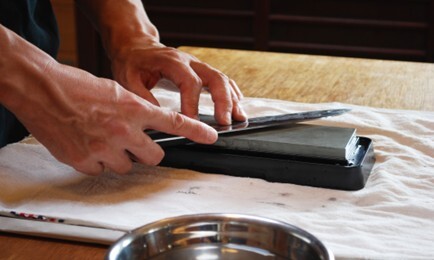
For fishermen, knife maintenance is essential for maintaining sharpness over time. Proper care will extend the life of your knives and ensure they always perform at their best.
- Immediate cleaning after use
- Proper sharpening
- Rust prevention and storage
Let's look at each point in detail.
Immediate cleaning after use
Knives used at the fishing site should be cleaned as soon as possible.
Seawater and fish blood can cause rust. Rinse with fresh water immediately after use, then wash lightly with dish soap. After washing, thoroughly dry the knife.
Proper sharpening
Regular sharpening is necessary to maintain the sharpness of a knife.
For household use, a whetstone with a grit of #1000 to #3000 is sufficient.
When sharpening, maintain a consistent angle and sharpen the entire blade evenly. Single-edged and double-edged knives require different sharpening methods, so use the appropriate method for each type.
Rust prevention and storage
Rust prevention is also an important consideration for fishing knives.
Carbon steel knives are particularly prone to rust, so it is a good idea to apply a thin layer of cooking oil after use. Using knife oil such as camellia oil or tung oil can be more effective in preventing rust. Additionally, if the knife will not be used for an extended period, wrapping it in rust-preventive paper is another option.
Knife Storage Methods
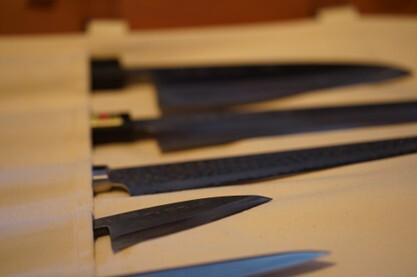
Proper storage is essential for prolonging the life of your knives. Particular care should be taken when storing knives after returning from fishing.
- Store in a dry environment
- Use a knife case
- Use a knife stand or magnetic bar
Let's take a look at each point.
Store in a dry environment
When storing knives, it is most important to choose a dry environment.
Moisture is the enemy of knives, and high-carbon steel knives are particularly prone to rust. After use, be sure to wipe off any moisture and store them in a completely dry state. Avoid placing them near water sources in the kitchen or in humid areas where fishing gear is stored.
Using a knife case
Using a dedicated knife case or sheath ensures blade protection and safety.
Wooden sheaths have adequate ventilation, protecting the knife while allowing moisture to escape. Fabric knife rolls can store multiple knives compactly and are convenient for carrying during fishing trips.
Using knife stands or magnetic bars
Knife stands or magnetic bars are convenient for storing knives at home.
Knife stands store knives with the blades facing upward, preventing the tips from coming into contact with other objects and getting damaged.
Magnetic bars mounted on walls allow you to store knives neatly without taking up space. However, some experts recommend avoiding long-term use of strong magnets, as they may have a minor impact on the blades.
How to break down and fillet fish
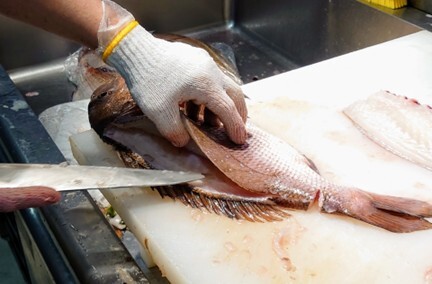
To enjoy the taste of fish caught by fishing, it is important to fillet them properly. Learning the basic techniques of filleting will enhance your fishing experience.
- How to bleed fish
- Basic three-piece filleting
- How to slice sashimi
Let's look at each point in detail.
How to bleed fish
The first step is to bleed the fish.
To keep the fish fresh and tasty, it is important to bleed it properly immediately after catching it. The most common method is called “live bleeding,” where the brain is quickly pierced with the tip of a knife to stop the fish's activity. Next, insert the knife under the gills and into the heart to drain the blood.
Basic Three-Piece Fillet (Sammai Oroshi)
Next, we will explain the basic three-piece fillet process step by step.
[Step 1: Pre-processing]
First, remove the scales from the surface of the fish. Running a little water while working will prevent the scales from flying around and make cleaning the kitchen easier. If you don't have a scale remover, use the back of a knife to scrape the scales off from the tail toward the head.
[Step 2: Remove the internal organs]
Insert a knife into the fish's anus and cut toward the head to open the abdomen. This method makes it easier to remove the internal organs without damaging the abdominal membrane. Use your fingers to remove the internal organs and gills. Rinse thoroughly with water and remove any remaining blood.
[Step 3: Head Processing]
f you wish to keep the head, proceed to the next step. If not, insert the knife behind the gills and cut off the head.
[Step 4: Removing One Side of the Flesh]
Lay the fish on its side and slide the knife along the backbone from the head (or the base of the head) toward the tail. Cut along the top of the backbone to remove one side of the flesh in one smooth motion.
[Step 5: Removing the Other Side of the Flesh]
Flip the fish over and repeat the process along the backbone to remove the other side of the flesh.
[Step 6: Removing the Central Bone]
The remaining bones and head can be used for broth, so it’s best to keep them for later use.
How to Cut Sashimi
It’s also worth learning how to cut sashimi from freshly caught fish.
Peel the skin off the filleted fish with a knife, then cut the flesh into appropriate sizes. Cutting perpendicular to the fibers makes the sashimi easier to eat. Using a Sashimi Knife allows you to cut in one smooth motion, resulting in beautifully sliced sashimi.
When fileting caught fish, it is important to secure the cutting board firmly and prevent it from slipping. A dull knife will crush the flesh, so it is recommended to always use a sharp knife.
Useful tools for anglers
In addition to a knife, having a few useful tools on hand will make the process of preparing fish much easier. Here are some tools that are handy for anglers. Let's take a closer look at each tool: a scale remover, a dedicated cutting board, and a bone remover.
Scale remover
A specialized tool for efficiently removing scales from fish.
Using a scale remover with metal teeth allows you to remove scales more quickly and reliably than using the back of a knife. There are waterproof types that can be used in water and models with covers to prevent scales from flying around, making them useful both at the fishing spot and in the kitchen. They are particularly effective for removing scales from small fish like mackerel and sardines.
Specialized cutting board
A specialized cutting board for fileting fish differs slightly from a regular kitchen cutting board.
When fileting fish, we recommend using a plastic cutting board with excellent water resistance or a wooden cutting board made from materials like cypress. Choose one with some thickness to effectively absorb fish blood and moisture. Additionally, placing a non-slip mat or a damp cloth underneath can prevent the cutting board from moving. Foldable models are easy to carry and ideal for initial processing at fishing spots.
Bone remover
A specialized tool for efficiently removing small bones.
Small bones remaining in fish flesh can be easily removed using a bone remover. Especially for fish like salmon and mackerel, which contain many small bones, a bone remover is an essential item. There are two types: pincer-shaped with a narrow tip and plier-like, so choose according to the type of fish and your preference.
